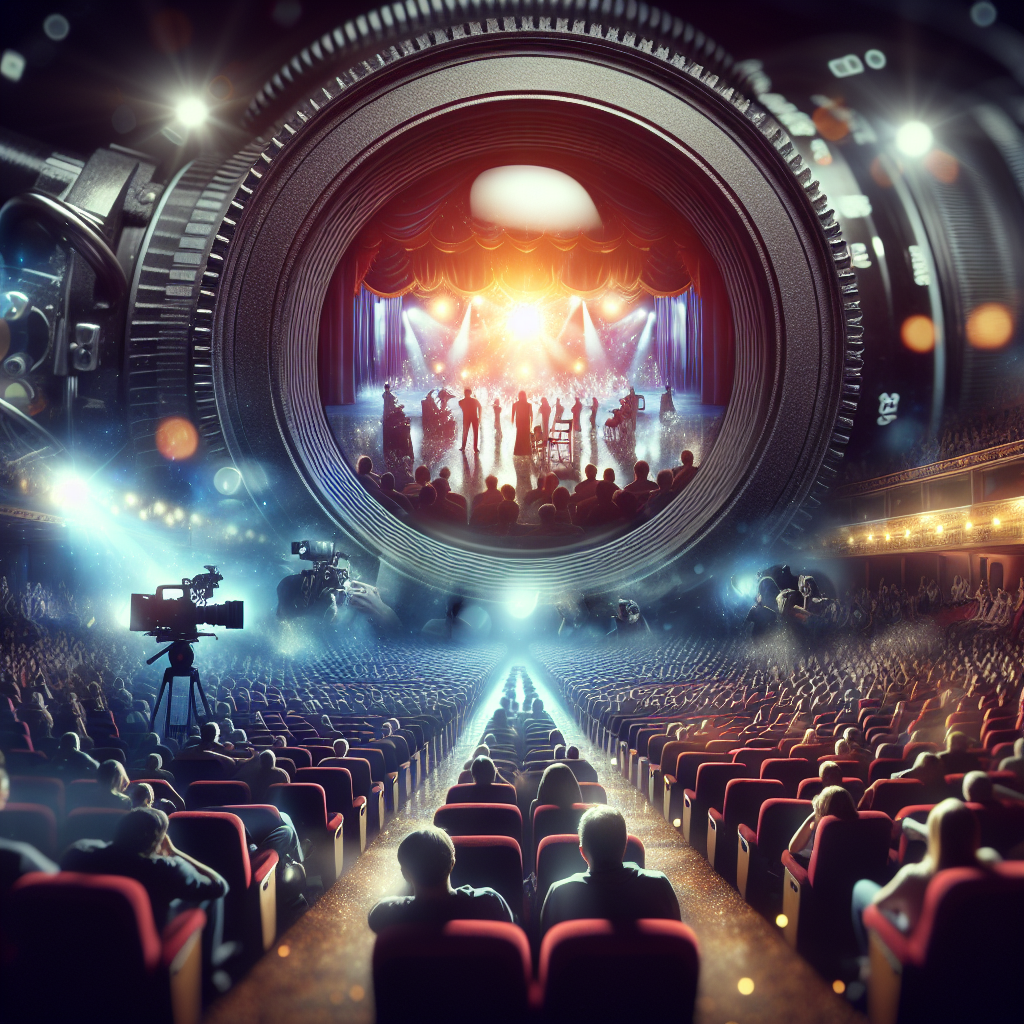
The Role of Cinematography in Creating Movie Magic
The Role of Cinematography in Creating Movie Magic
When we think of our favorite movies, it’s often the plot, acting, or special effects that come to mind. However, there’s a silent artist behind the scenes that plays a pivotal role in weaving the tapestry of movie magic—cinematography. In this blog, we’ll explore what cinematography entails and how it helps to create the breathtaking visual experiences that keep us glued to our seats.
What is Cinematography?
Cinematography is the art and technology of capturing visual images on film or digitally. It encompasses a range of techniques and elements, including camera angles, lighting, framing, and color grading. The person responsible for these visual elements is known as the cinematographer or Director of Photography (DP).
The Essential Elements of Cinematography
Camera Angles and Movements
Camera angles and movements are vital tools in a cinematographer’s arsenal. Different angles can evoke a variety of emotions and perceptions:
- High Angle: Makes the subject appear small and vulnerable.
- Low Angle: Gives the subject a sense of power and dominance.
- Dutch Angle: Tilting the camera creates a disorienting effect.
Camera movements such as panning, tracking, or dolly shots can dynamically alter the narrative flow, making scenes more engaging and immersive.
Lighting
Light is to a cinematographer what paint is to an artist. Different lighting techniques can profoundly impact the mood and atmosphere:
- Three-Point Lighting: Uses a key light, fill light, and back light for a balanced look.
- Low-Key Lighting: Creates stark contrasts and deep shadows for a dramatic effect.
- Natural Lighting: Utilizes natural light sources for a more organic feel.
Framing and Composition
How a scene is framed can draw the viewer’s attention to specific details and affect how the narrative unfolds:
- Rule of Thirds: Divides the frame into nine sections, placing key elements along the lines for balanced compositions.
- Symmetry: Creates a sense of balance and harmony in the shot.
- Depth of Field: Controls what is in focus, guiding the viewer’s eye to particular elements.
Color Grading
Color grading adds emotional and psychological layers to the film, subtly influencing how we perceive the story:
- Warm Colors: Create a cozy, inviting atmosphere.
- Cool Colors: Evoke feelings of calmness or melancholy.
- Saturated Colors: Make scenes vibrant and lively, perfect for genres like musicals or comedies.
Impact of Cinematography on Storytelling
Cinematography doesn’t just serve an aesthetic role; it is integral to storytelling. The way scenes are shot can reveal a lot about the characters, setting, and plot without a single word being spoken. For instance, trick lighting and camera techniques in horror movies create tension and suspense, while sweeping, panoramic shots in adventure films evoke a sense of grandeur.
Learning More About Cinematography
If you’re inspired by the visual brilliance of cinematography and want to explore it further, there are numerous resources available. For instance, Top Video Telegram Channels offer a plethora of video content that can serve as a great learning resource. You can check them out for the latest video updates and insights into effective cinematographic techniques.
Conclusion
The magic of cinema is a multi-faceted gem, and cinematography is one of its brightest facets. From capturing the perfect lighting to choosing the right camera angle, the cinematographer’s role is crucial in translating a director’s vision into a visual feast. The next time you watch a film, take a moment to appreciate the artistry and technical skill that goes into every frame. After all, it’s this meticulous craft that truly makes movie magic come alive.
Thinking of diving deeper into the world of cinematography? Click here to explore Popular Video Channels on Telegram for more insights and resources on the art of visual storytelling.